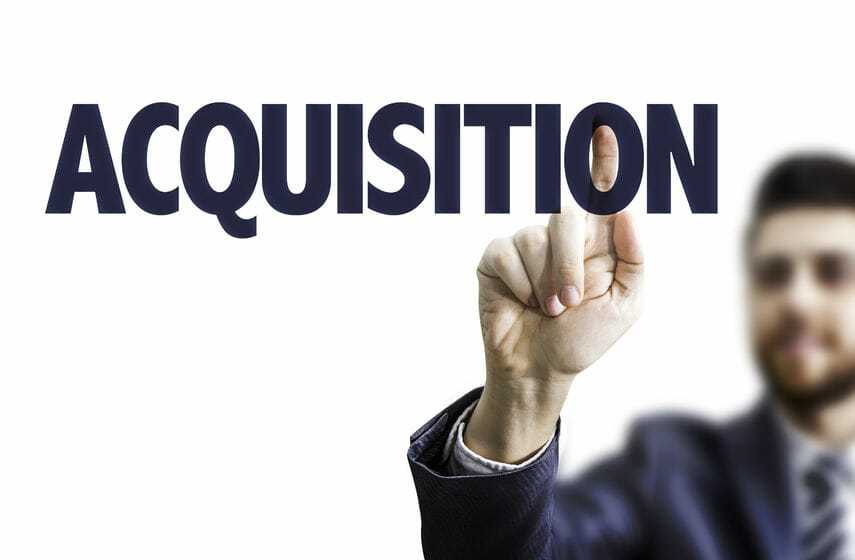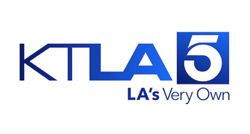
What distinguishes an asset purchase from other types of acquisitions is that the buyer can specify the assets and liabilities it is willing to assume. As a result the buyer is able to obtain only what is desirable. This has the advantage of limiting exposure to unknown or contingent liabilities because they remain with the seller. However, the ability to avoid all successor liability is not absolute. Under certain circumstances a buyer may be unable to avoid certain legal liabilities even if the buyer did not expressly assume them. Additionally, buyers can step-up the tax basis of the asset to increase depreciation deductions. However, the target’s advantageous tax attributes e.g. net operating loss carry forwards and credits, do not follow the assets.
An asset purchase is not without drawbacks particularly from the seller’s perspective. To begin, an asset purchase can be logistically complex because each asset and each liability to be transferred must be identified and specified. Sometimes this means that separate assignment/transfer agreements must be effectuated to conclude the transaction. Further, in an asset purchase the buyer cannot normally succeed to the seller’s non-assignable contracts, permits, and licenses without the consent of the other party and even where a transfer is successful the transaction may trigger reassessment that could lead to higher property tax burdens. Finally, the seller may face double taxation because the company will pay tax at the corporate level on the gain from the sale and then also pay tax if and when proceeds are distributed to the shareholders.















